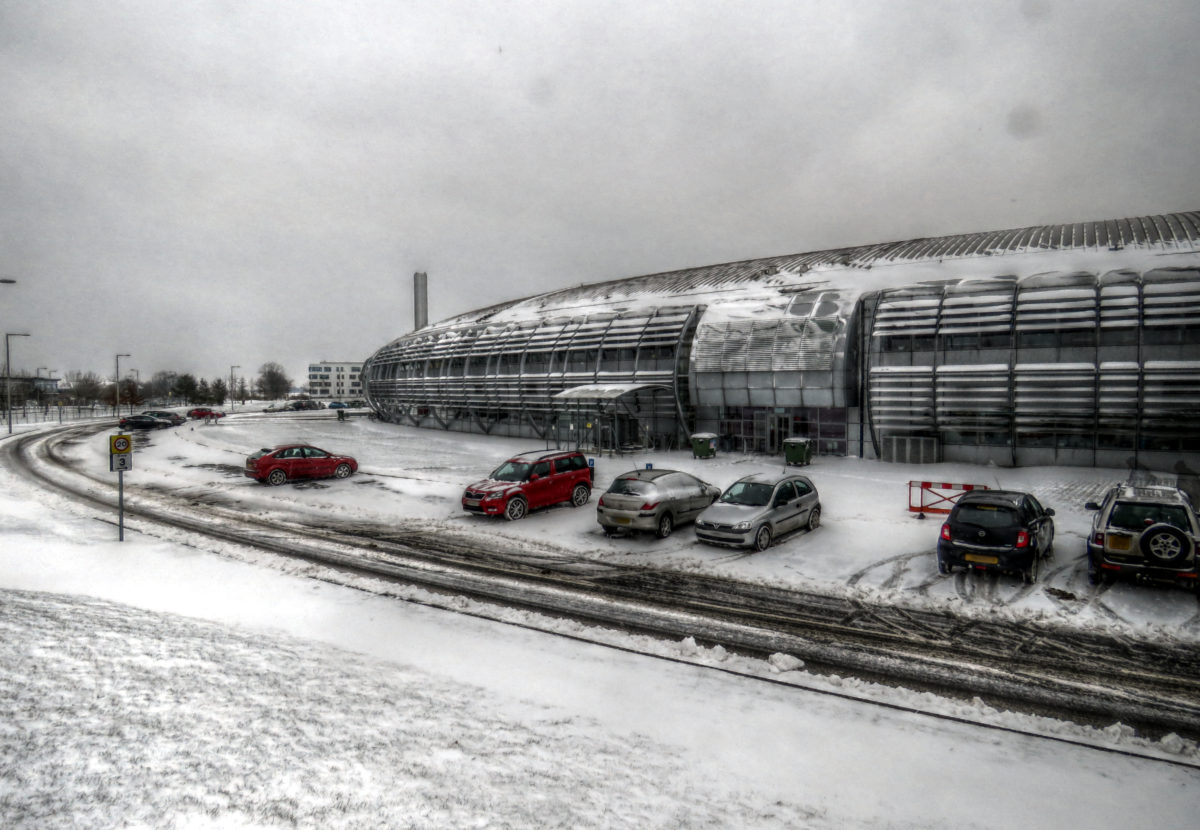Perovskite solar cells are still held back from commercial production by their instability and sensitivity to moisture. While impressive progress has been made in this area, and plenty of solutions are being suggested, a comprehensive solution continues to elude scientists.
While hybrid organic-inorganic perovskites have achieved the highest recorded solar cell efficiencies, some have chosen to work with all-inorganic perovskite structures, as the stability issues may be easier to solve with these, and there is also potential to improve on efficiency. Finding a solution to the material’s instability that does not inhibit the conversion efficiency is a key question for research in this field.
Armed with this knowledge, researchers from Germany’s Helmholtz Zentrum Berlin headed to the UK to carry out experiments on the Diamond Light Source synchrotron in Oxfordshire, and gain a better understanding of the structure of methylammonium lead iodide, one of the most prominent perovskite materials being pushed toward commercialization in solar cells.
Their results, published in the journal Angewandte Chemie, show that contrary to earlier assumptions, the crystalline structure does not contain an inversion center, meaning that ferroelectric domains, which can have various positive effects on solar cell efficiency, can occur in the material.
“A ferroelectric effect can only occur if the crystal structure does not contain an inversion centre, and additionally if it exhibits a permanent polar moment,” explains Joachim Breternitz of HZB’s Department for Structure and Dynamics of Energy Materials. “The organic methylammonium cation MA+ plays a major role in this.” He goes on to explain that, by being larger than an individual atom, the positively charged methylammonium ion generates a polar moment with the iodine atoms, creating the possibility for a ferroelectric domain to occur.
When it comes to inorganic perovskites, no such mechanism is present. According to HZB, this could mean that their efficiency is fundamentally limited in comparison to their hybrid counterparts.
This content is protected by copyright and may not be reused. If you want to cooperate with us and would like to reuse some of our content, please contact: editors@pv-magazine.com.




By submitting this form you agree to pv magazine using your data for the purposes of publishing your comment.
Your personal data will only be disclosed or otherwise transmitted to third parties for the purposes of spam filtering or if this is necessary for technical maintenance of the website. Any other transfer to third parties will not take place unless this is justified on the basis of applicable data protection regulations or if pv magazine is legally obliged to do so.
You may revoke this consent at any time with effect for the future, in which case your personal data will be deleted immediately. Otherwise, your data will be deleted if pv magazine has processed your request or the purpose of data storage is fulfilled.
Further information on data privacy can be found in our Data Protection Policy.